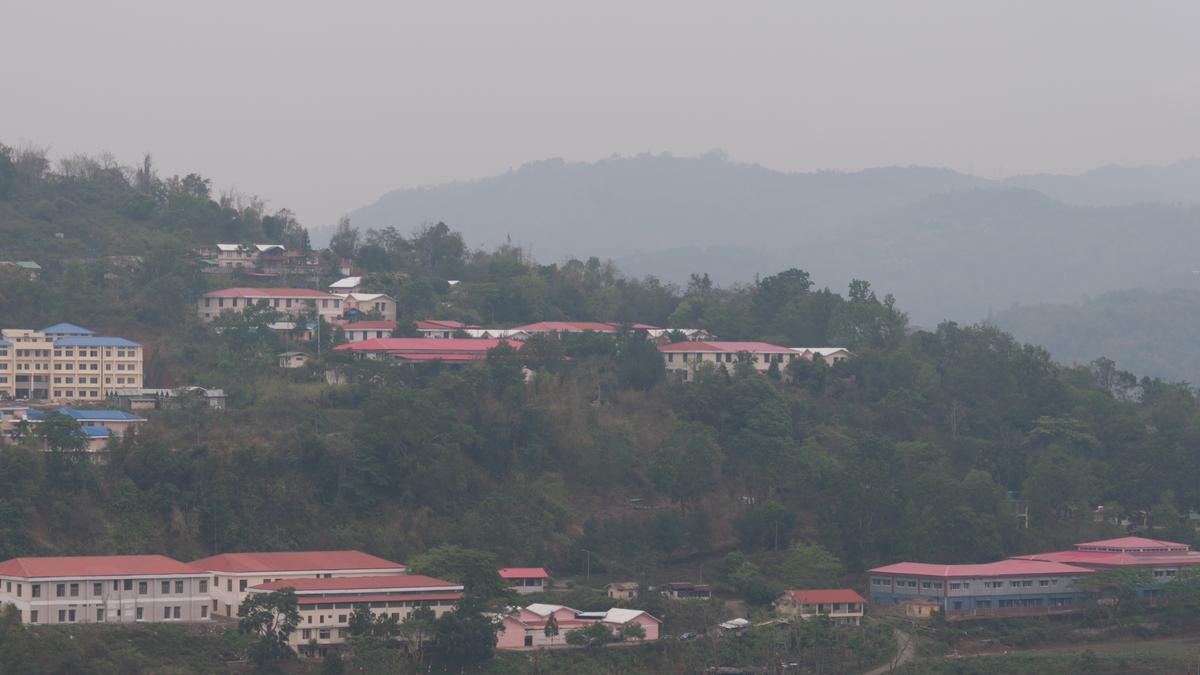The Nagaland University has undertaken a project to develop written grammar for each of the 18 recognised Naga languages in the State.
| Photo Credit: The Hindu
The Nagaland University has undertaken a project to develop written grammar for each of the 18 recognised Naga languages in the State.
The project is in collaboration with the State’s Directorate of School Education, a statement from the university based in Zunheboto district’s Lumami said on Monday (September 1, 2025).
The initiative seeks to provide structured pedagogical grammars for inclusion in school textbooks from Class 5 to Class 12, ensuring alignment with the National Education Policy 2020.
Naga languages have been taught in schools for decades, but none have had a dedicated written grammar for the teaching-learning process. This initiative will address the gap by systematically documenting grammar—including parts of speech, tense and aspect, phrase and clause structures, and tone—while enriching vocabulary and clarifying orthography where necessary.
The grammar developed under this initiative will be incorporated into school textbooks alongside prose, poetry, and translation, under the supervision of the State Council of Educational Research and Training and the Nagaland Board of School Education. Teacher training programmes have been planned to support the smooth integration of grammar teaching in classrooms, beginning with refresher courses hosted by the Nagaland University.
The project is led by Mimi Kevichüsa Ezung, associate professor and Head of the university’s Department of Tenyidie. Tenyidie is the standardised form of the Angami language spoken by the Angami community of Nagaland as well as the speech community of nine other tribes, which collectively fall under the Tenyimia Group.
Cultural mission
“This endeavour is not merely an academic exercise but a cultural mission – one that seeks to preserve, strengthen, and promote the linguistic heritage of our people,” Jagadish K. Patnaik, the university’s Vice Chancellor, said.
“The two main components of language are vocabulary and grammar. A written grammar is a formal representation of the abstract properties of a language. At a time when Naga languages are undergoing standardisation, developing pedagogical grammars is crucial,” Dr. Ezung said.
“It ensures consistency and regularity in writing and in speech, while instilling pride in one’s mother tongue. This initiative is not just about textbooks, but it is also about preserving identity, culture, and indigenous knowledge,” she said.
The 18 languages covered under the project are Ao, Chang, Chokri, Khiamniungan, Konyak, Kuki, Kuzhale (Khezha), Liangmai, Lotha, Nthenyi (southern Rengma), Nzonkhwe (northern Rengma), Phom, Pochury, Sangtam, Sümi, Tenyidie (Angami), Yimkhiung, and Zeme.
Currently, only a few languages, such as Tenyidie, Ao, Lotha, and Sümi, are taught beyond Class 8, with Tenyidie being offered up to MA and PhD levels.
Published – September 01, 2025 10:36 pm IST
